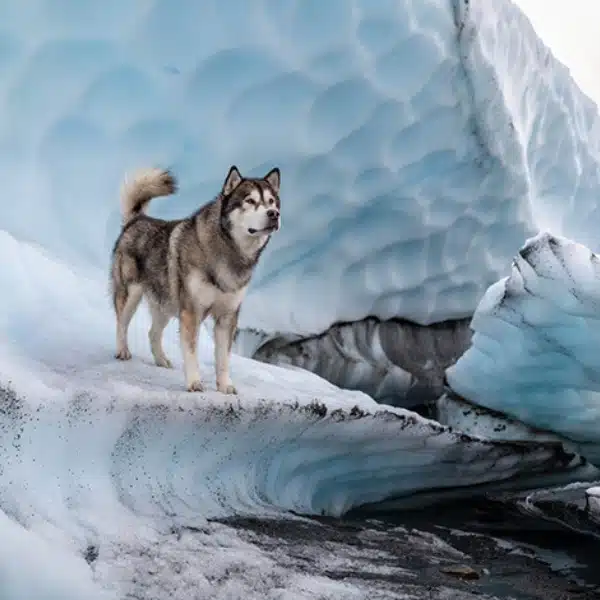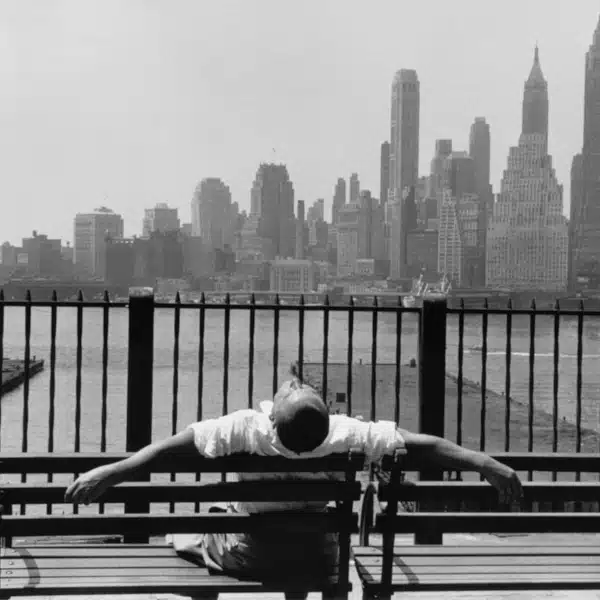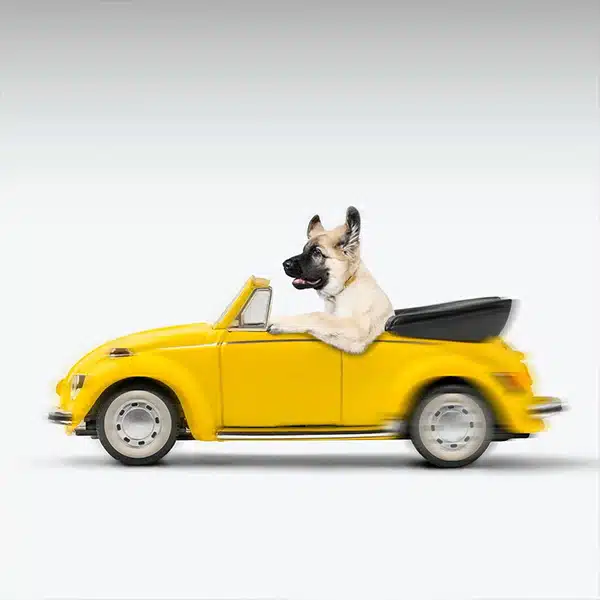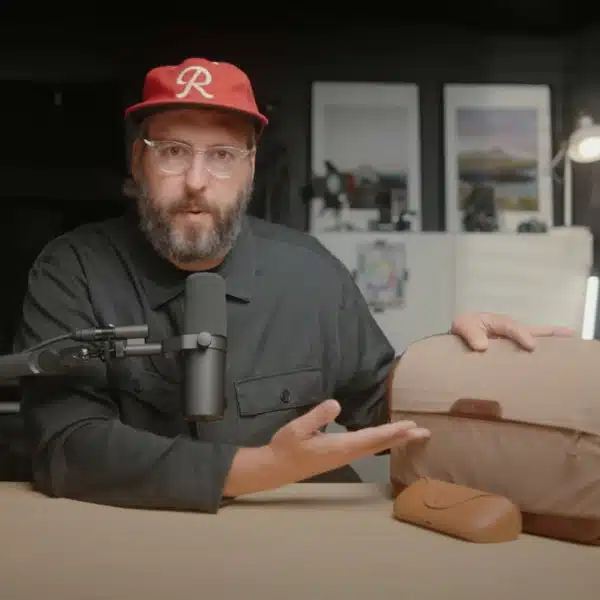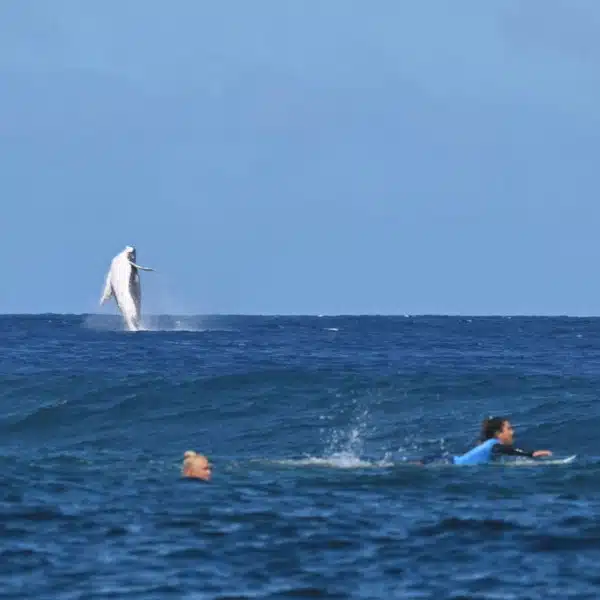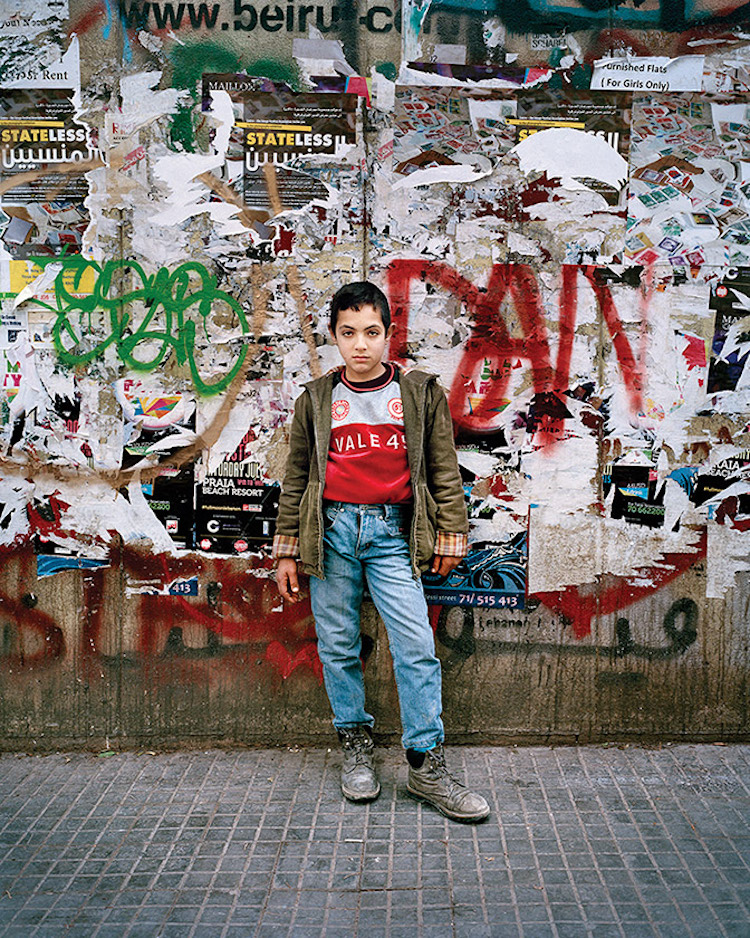 Born and raised in Lebanon, photographer Rania Matar moved to the United States in 1984. Setting aside her training in architecture, Matar embarked on a career as a photographer, with numerous projects that bring the spectator inside the intimate world of girls and women. In a particularly topical and globally relevant series titled Invisible Children, the photographer shares portraits of Syrian and third-generation Palestinian refugees in Lebanon.
Born and raised in Lebanon, photographer Rania Matar moved to the United States in 1984. Setting aside her training in architecture, Matar embarked on a career as a photographer, with numerous projects that bring the spectator inside the intimate world of girls and women. In a particularly topical and globally relevant series titled Invisible Children, the photographer shares portraits of Syrian and third-generation Palestinian refugees in Lebanon.
The project, which began in 2014, grew organically from Matar's other work. “I was working on a different project about mothers and girls, but this was so in my face when I went to Lebanon,” Matar shared with us. “It was before it was even on the international news because the issue started earlier in Lebanon. It was incredible for me to see these kids on the street. The first boy I started talking to looked like my son and was the same age, so it really moved me to the core. It grew into a separate project from the rest of my work.”
By engaging the children in conversation and creating a human connection, Matar is able to draw out the personality of her subject beyond their fear or initial skepticism. Through her art she aims to give a human face to a crisis that is often reduced to statistics by the news media. “I live in the US, but I am from the Middle East. When you put on the news here all you hear about is conflict and terrorism, but for me this is not the Lebanon I know. People are people. It was important for me to tell that story through the universality of the kids.”
Matar has continued her work on trips to Lebanon over the past two years, noting that while she is able to keep in touch and visit the Palestinian refugees, who are third generation and more permanently set in the refugee camps, the shifting crisis of Syrian refugees makes it difficult to know what has become of the kids unless she happens to come upon them again.
Above image: Mohammad 12, Beirut 2016
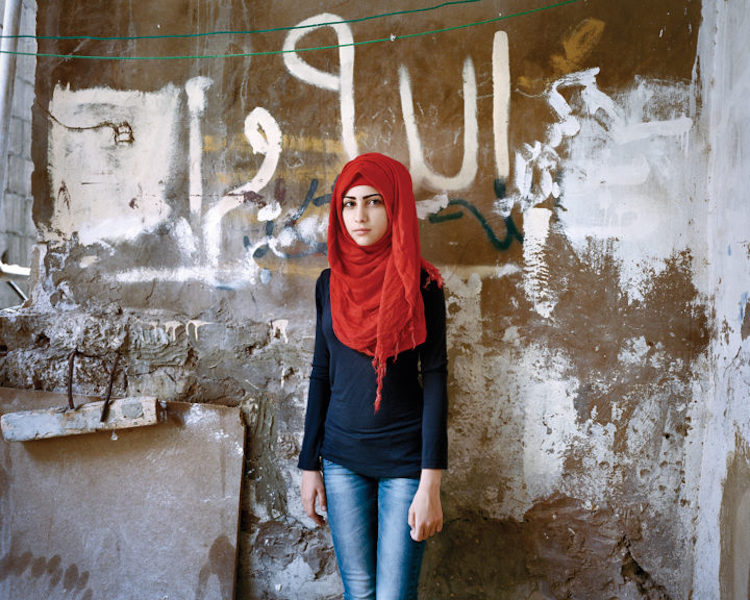
Samira 15, Bourj El Barajneh Refugee Camp, Beirut Lebanon 2015
More than anything she wishes to remind us that her subjects are children. And as the next generation, they deserve the same access to education and opportunity as children living under different circumstances. “There was one 12-year old kid, Mohammad, who was posing for me like a GQ model and there was something endearing about that,” Matar recalls. “At the end of the day, they are kids and they want to be talked to, paid attention to. We are leaving them on the street and not educating them, this is what is worrisome. This is the second year those kids are on the street and not in school.”
The children are placed carefully in their environment, against the city walls that they often call home. Perhaps harkening back to her eye for architecture, these backgrounds become an important visual key to the series. Matar notes, “All my other work was about people in their surroundings. These kids' surrounding are the walls, so these walls became important—they have layers of history. For me these kids became an extra layer of history on the wall.”
A selection of 15 images from Invisible Children is currently on view at C. Grimaldis Gallery in Baltimore, Maryland, until October 22. A special benefit print, “Khadija 11, Beirut,” is an edition of 50, with all proceeds going to the Karam Foundation, a US-based nonprofit that aids Syrian refugees.
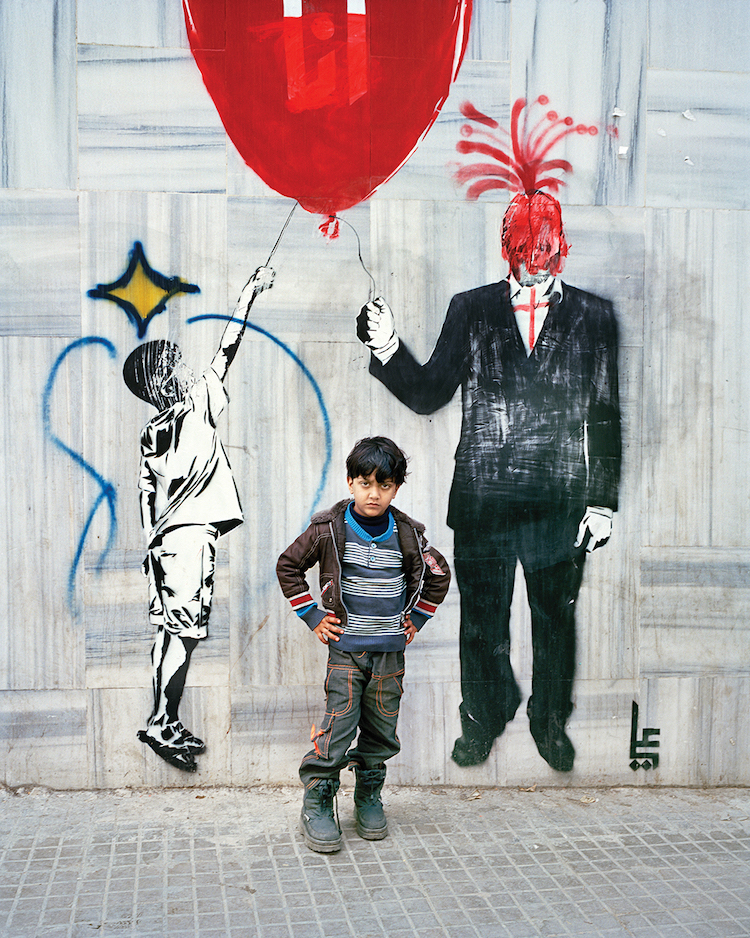
Tamer 6, Beirut 2015
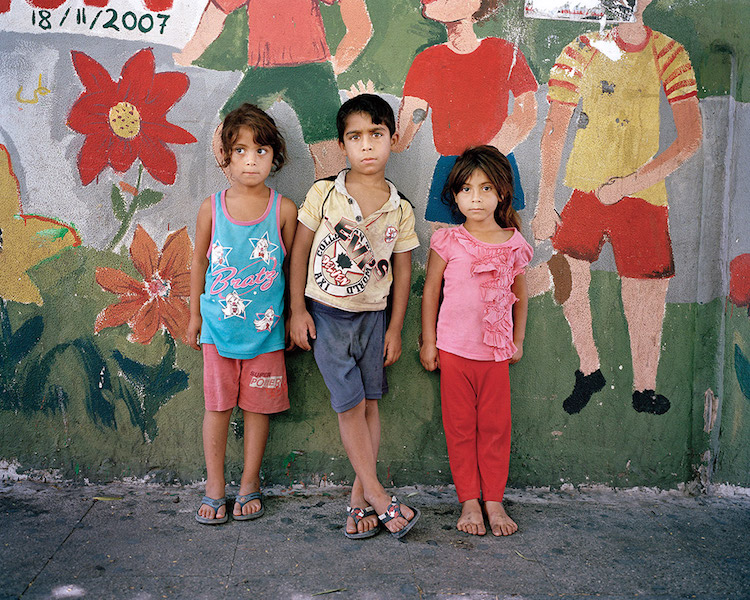
Refugee Kids, Beirut 2014
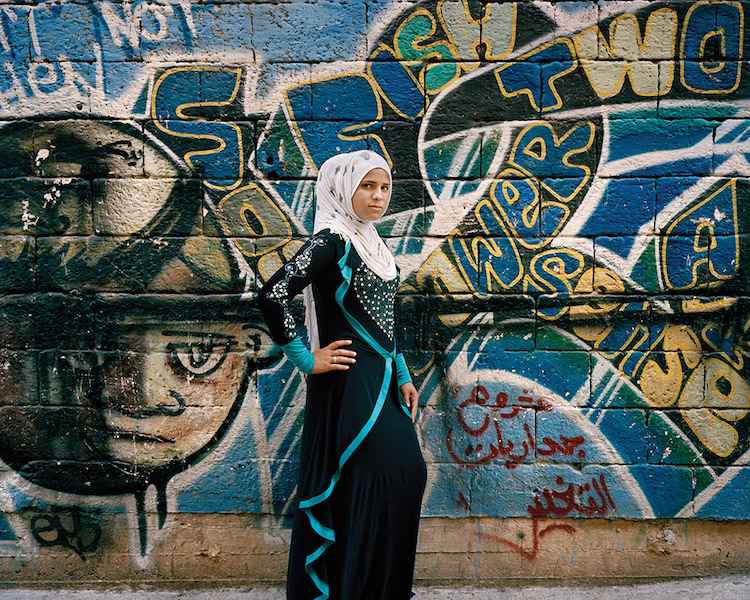
Bayan 16, Beirut, 2015
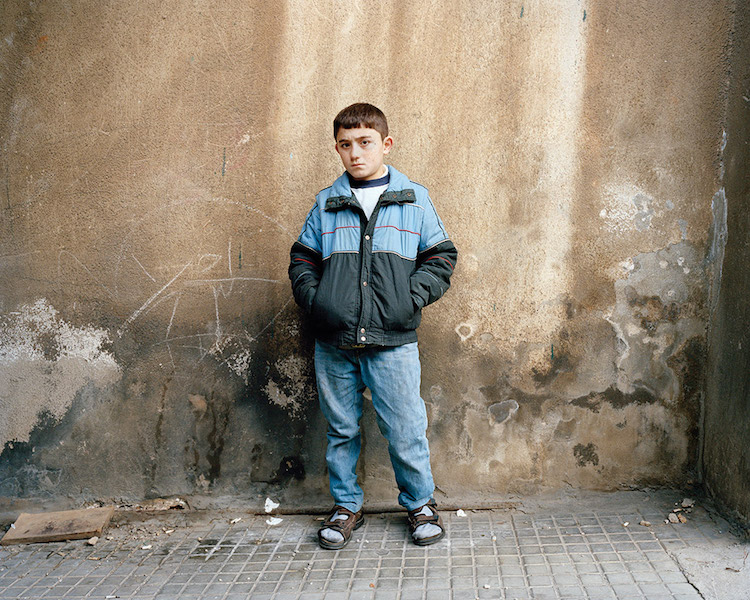
Malek 11, Beirut 2015
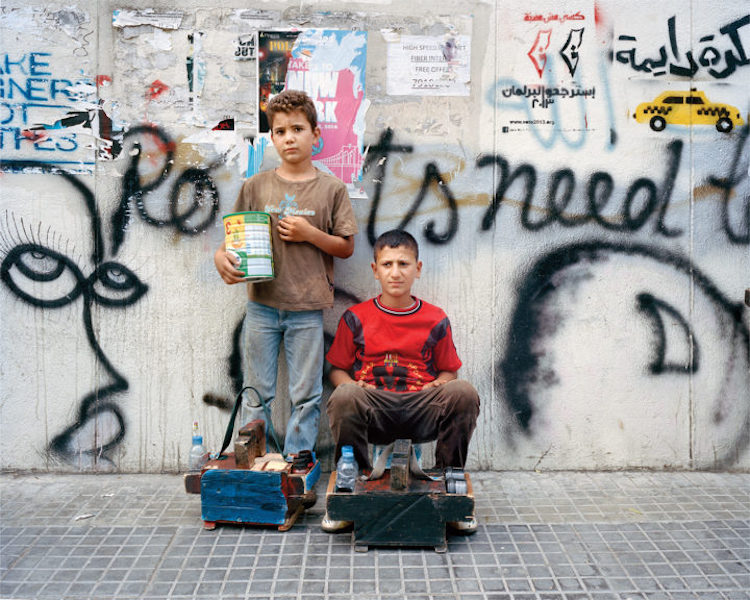
Mohammad 7, Assaad 12, Beirut 2014
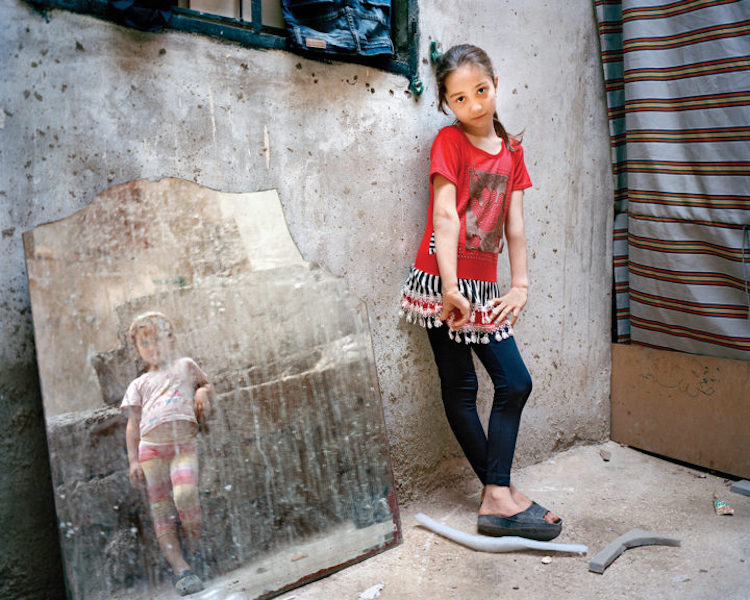
Amal 9, Zahra 5 (girl in the mirror), Beirut 2014

Baddoura 13, Beirut 2015
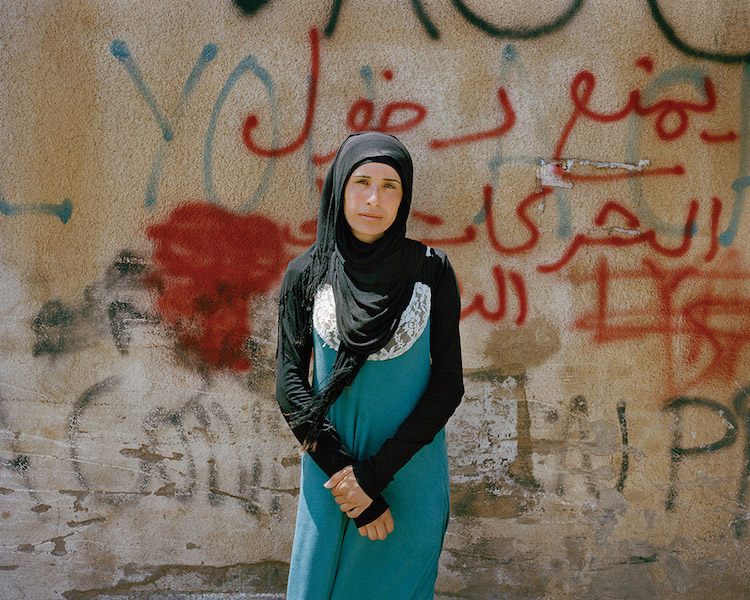
Rym 18, Beirut 2016
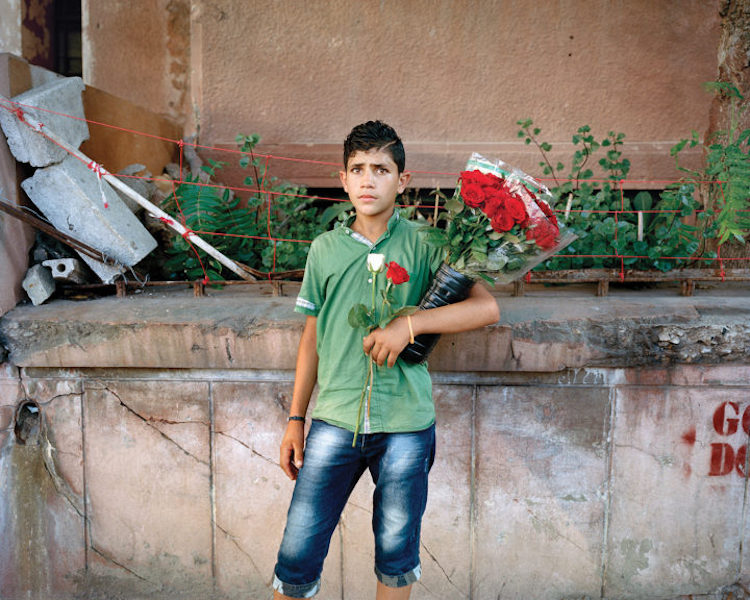
Hassan 15, Beirut 2014
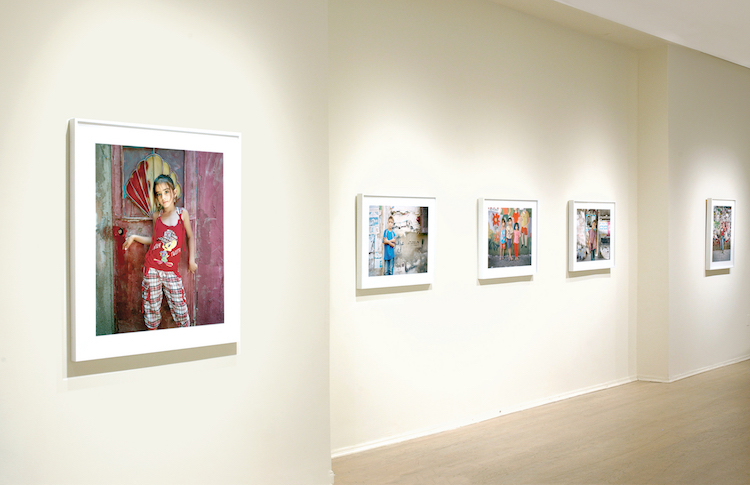
Installation at C. Grimaldis Gallery. Image via C. Grimaldis Gallery.
Rania Matar: Website | Facebook | Instagram
My Modern Met granted permission to use photos by Rania Matar.











































































